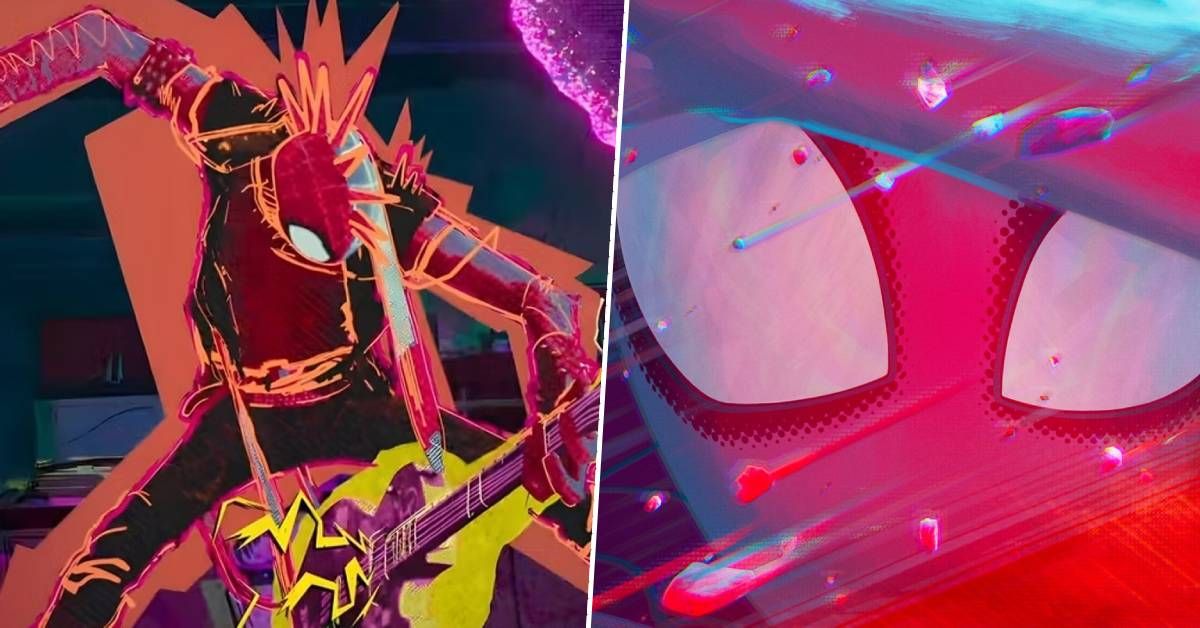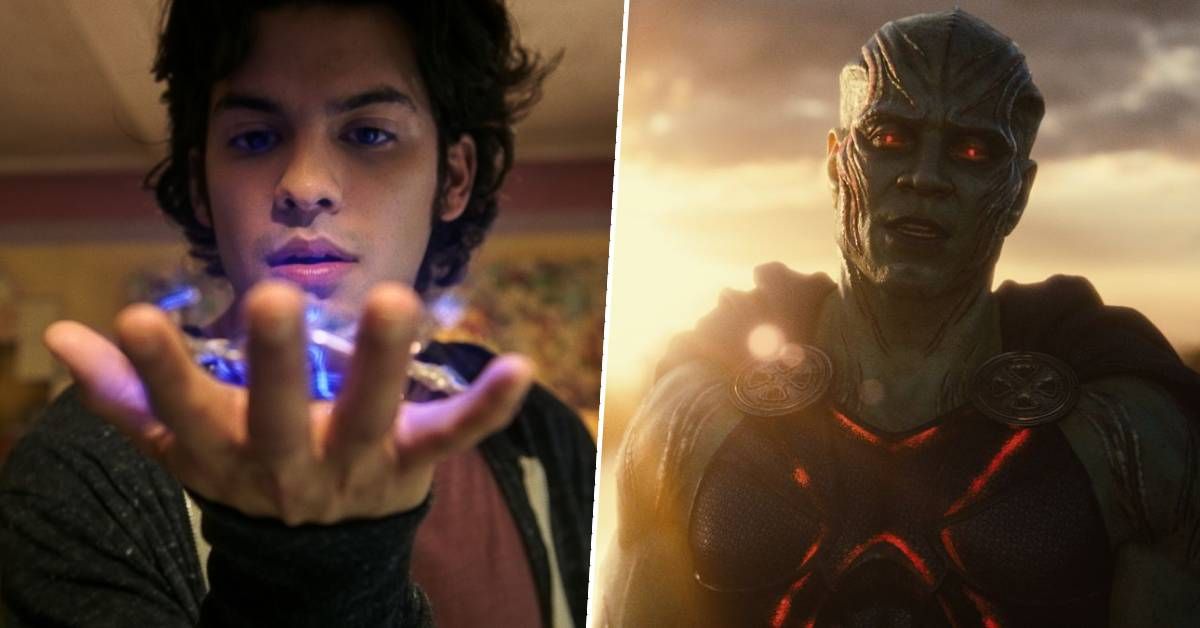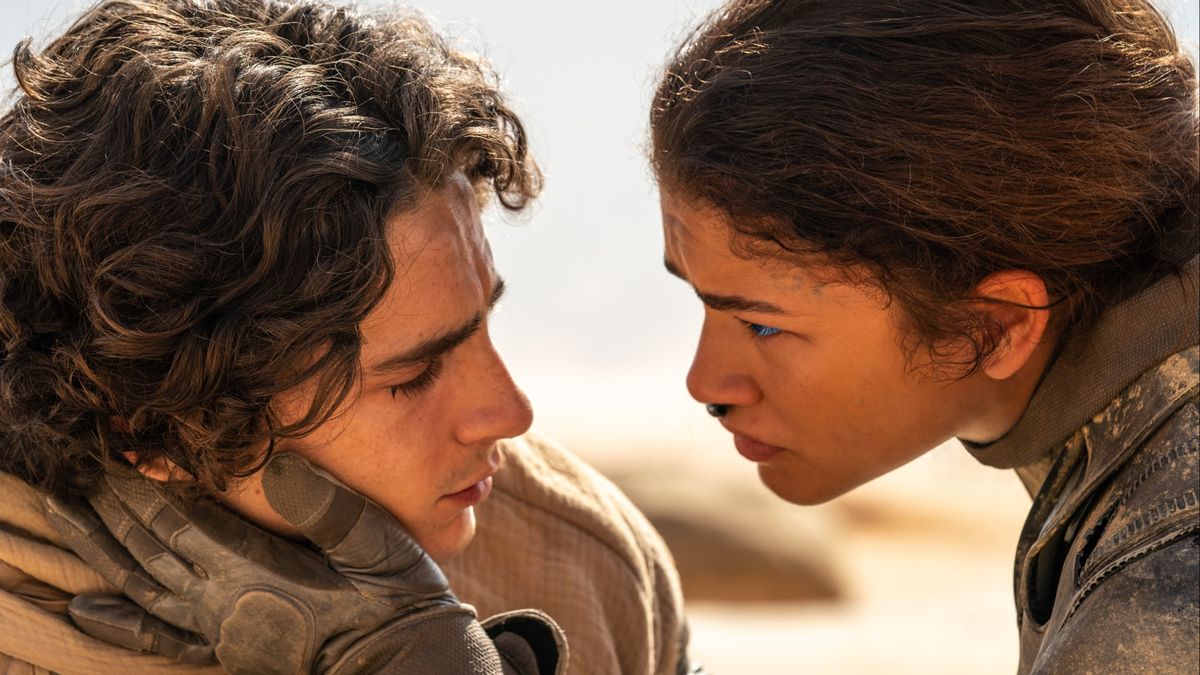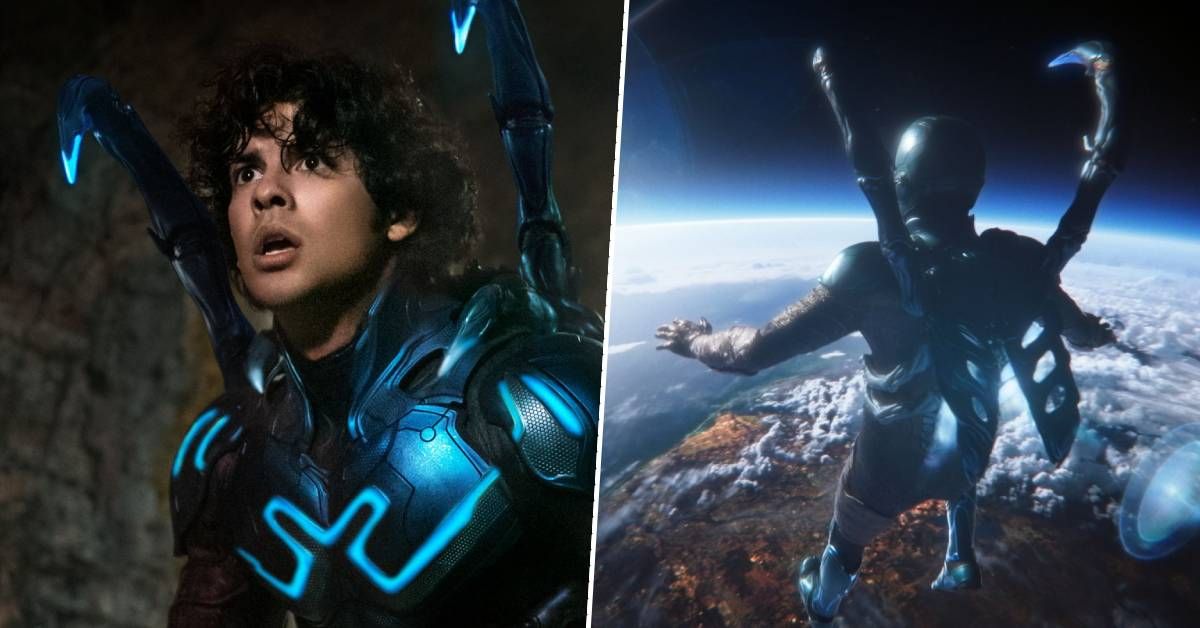The Batman Easter eggs range from the glaringly obvious to secret teases that even the Riddler would be proud of. In its near-three hour runtime, Matt Reeves’ dark and gritty DC reboot sprinkles in several nods and winks to the Caped Crusader’s long and storied history.
To help save you the trouble of finding them all (and to aid in your rewatch), we’ve found all The Batman Easter eggs, including major DC references and cameos, that you might have missed.
Of course, it goes without saying – major The Batman spoilers ahead! Turn back now if you haven’t seen the film… and if you have, scroll on for the complete guide to every DC reference you missed in The Batman.
The Batman Easter eggs
Halloween

The Batman takes place over the course of one week that stretches from October 31 to November 6. Halloween, naturally, is a significant date for the Caped Crusader – there’s the obvious parallel with The Long Halloween by Jeph Loeb and Tim Sale, a comic book that influenced the movie, and the 2015 video game Batman: Arkham Knight takes place across one Halloween night.
Vengeance

When some criminals ask Batman just who he is, the Dark Knight responds: “I’m vengeance.” He’s not the only incarnation of the vigilante to say such a thing. In Batman: The Animated Series, the Caped Crusader famously shouts: “I am vengeance! I am the night! I am Batman!” That’s quite the catchphrase.
Casebook

Bruce Wayne keeps track of his progress against crime in a diary titled The Gotham Project, and the narration near the beginning of the movie turns out to be the vigilante’s thoughts as put down in his journal. In Grant Morrison’s The Black Casebook, Batman also keeps a record of his cases. No one can accuse the Dark Knight of not being diligent…
Batphone

After figuring out Riddler is targeting Bruce Wayne, Batman races back to the Manor to try and prevent catastrophe. As he goes, he calls Alfred from the Batmobile, and an old fashioned phone with lights is shown ringing in the Manor. In the ’60s TV series starring Adam West, Batman has a bright red Batphone that links him and the GCPD.
Batarang

There was much speculation about the Batsuit when we first saw it, with people fascinated by what was going on with the symbol on the chest. As it turns out, the bat-symbol is in fact a Batarang – one of Batman’s most famous tools – that can be removed and slotted back into place. Handy.
No guns or killing

Batman in the comics has long been anti-gun, and strictly adheres to a no-kill rule. Other big-screen incarnations of the Dark Knight have played fast and loose with these principles, but this Batman explicitly says he’s against guns, and noticeably doesn’t kill a soul in the entire film.
Batman: Year One

In The Batman, while fighting for her life, Catwoman scratches Falcone’s face with her long nails. A similar thing happens in the comic book Batman: Year One by Frank Miller, which the movie takes inspiration from – in a fight, Catwoman inflicts three scratches on Falcone’s cheek. Ouch.
Sal Maroni

Carmine Falcone isn’t the only Gotham crime boss who’s important to the plot of The Batman. Sal Maroni is also mentioned and casts a shadow over the events of the movie – and he’s a significant figure in the comic books, too. He’s the man who turned Harvey Dent into Two-Face by throwing acid on him during a trial.
The Iceberg Lounge

Catwoman works at the Penguin’s club, named The Iceberg Lounge. That has been the villain’s lair of choice in Bat-history for some time, first appearing in Detective Comics in 1995, and popping up regularly ever since.
Blackgate Prison

In a blink-and-you’ll-miss-it moment, Penguin tells Falcone to enjoy his night in Blackgate. That’s a familiar location in the Bat-verse, and is the maximum security facility that all the worst criminals end up locked inside – besides Arkham, that is.
Arkham

Arkham State Hospital is the ultimate destination of the Riddler – and where he meets an unlikely new ally. The institution is usually known as Arkham Asylum in other Batman media. The Arkham family also factor into the plot of The Batman with a connection to the Waynes.
Hush

The reporter investigating the Waynes’ past is named Edward Elliot, which is a possible connection to Tommy Elliot, AKA the villain Hush. If that connection seems a little tenuous, the words “Hush money” flash up on screen as the Riddler’s plot is unraveled. Plus, the mastermind behind Hush’s scheme in the comic book story named after the villain – by Jeph Loeb and Jim Lee – is none other than the Riddler. The stage could be set for Hush to debut in a potential sequel.
Thomas Wayne

Falcone tells Bruce that his father Thomas requested Edward Elliott be (fatally) dealt with before Martha Wayne’s history could be exposed. While Alfred pushes back on that explanation, the suspicious connection between Thomas and the crime boss shares similarities with the plot of the Batman: The Telltale Series video game, which involves Thomas and Falcone working together with Mayor Hill. The Waynes’ are murdered as a result. Alfred knew about Thomas’ shady dealings, too, but kept it all a secret from Bruce, just like in the movie.
No Man’s Land

In The Batman, Gotham faces major carnage when the Riddler blows up the sea wall and the ocean rushes in. The city has endured a natural disaster before in the No Man’s Land comic book, which sees mass destruction after a huge earthquake. Gotham becomes a wasteland, and its territory falls into the hands of criminals, who divide the broken city. Luckily, the city doesn’t suffer quite so badly in The Batman.
Zero Year

As far as natural disasters go, another happens in the comic book storyline Zero Year, which sees the Riddler flood Gotham and take control of the city. To turn the power back on, Batman has to attach an electrode to himself and use his heartbeat to get things running. In the movie, Bruce cuts an electric wire with his Batarang to shut off the power and save the people in the waters below, which gives him an almighty electric shock.
Venom

No, not the Marvel superhero.
Batman is injured during the final showdown with the Riddler copycats, and, to save Catwoman’s life, injects himself with some kind of green substance that gets him all fired up. It’s impossible to tell, but that liquid could well be Venom, the drug that gives Bane his super strength – or it could be adrenaline. Let’s be real, though, there’s no way they had a green liquid substance in such a crucial moment that’s not got something more going on behind the scenes.
Robin

We first see Batman in brutal action going up against a group of criminals with their faces painted. One member of the gang, though, is more reluctant than the others, and is spared a beatdown by Batman. The actor playing that character is Jay Lycurgo, who plays Tim Drake – AKA the third Robin – in the HBO Max series Titans.
Blüdhaven

At the end of the movie, Catwoman says she’s relocating, and might go to Blüdhaven. In the comics, that city is practically on Gotham’s doorstep – and it’s the city the first Robin, Dick Grayson, patrols after becoming his own hero named Nightwing.
Court of Owls

The Riddler leaves his ciphers for Batman in greeting cards addressed to him, and the first one features an owl on the front. That may not seem all that significant, but in the comics, the Court of Owls is a sinister group controlling Gotham from behind the scenes – and their symbol is, naturally, an owl.
Rat with wings

Much is made of the mysterious winged rat in the film, which eventually turns out to be Falcone. As part of the chase, Riddler directs Batman to the rata alada website, which you can actually visit: visit https://www.rataalada.com/ (opens in new tab). In fact, you can even try your hand at some riddles while you’re there.
If you’re stuck for answers, they are: “Mask,” “Renewal,” and “Confusion.”
That leads to a short video from then-mayoral candidate Thomas Wayne and a coded message.
Of course, this being the internet, someone has already cracked it. It says, “You think I’m finished, but perhaps you don’t know the full truth. Every ending is a new beginning. Something is coming.”
You are also confronted by a sequence of numbers when you first enter the site. Each corresponds to a landmark date: 27.05.19.39 is May 27, 1939 – which is the day the real-life comic-book Detective Comics #27 , better known as the first appearance of Batman. The rest refer to, in order: the introduction of Catwoman and Joker; Penguin’s first appearance; Riddler’s first appearance; Falcone’s first appearance, and Alfred’s first appearance.
Those characters are all key players through The Batman, but it’s the last piece of code that’s particularly interesting – and teases a sequel. October 1974 saw the release of Batman #258, which featured Two-Face breaking out of Arkham.
The Joker

Yep, in case you missed it, that mysterious Arkham prisoner maniacally laughing with the Riddler is none other than the Joker. Barry Keoghan, best known for playing Druig in Eternals, is the latest actor to step into the Clown Prince of Crime’s shoes – though it remains to be seen if he’ll be back and terrorizing Gotham in a hypothetical sequel. Matt Reeves has spoken to us about Barry Keoghan’s surprise cameo, suggesting we’ll see one of his deleted scenes at some point.
For even more on The Batman check out our guides to:
- The Batman ending explained
- Are there any The Batman post-credits?
- The Batman secret message you missed
- Was Joaquin Phoenix’s Joker meant to be in The Batman?
- When is The Batman on HBO Max?
- Who plays Joker in The Batman?
- The best Batman movies, ranked!
- How to watch the DC movies in order
If you’re all caught up on The Batman, check out our guide to the all of 2022’s major movie release dates for everything else the year has in store for us.
 Games News games, movies and TV you love.
Games News games, movies and TV you love.



